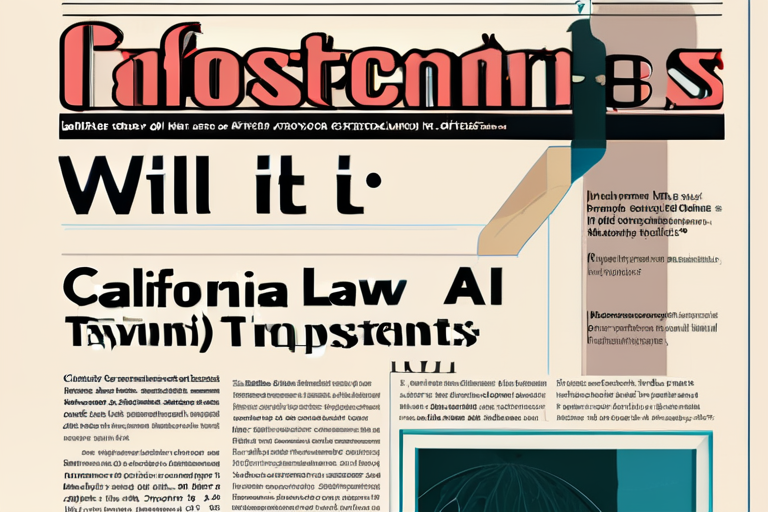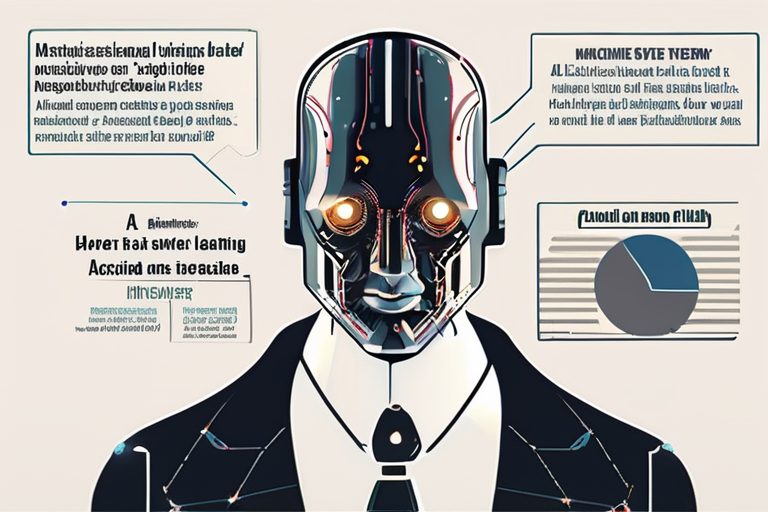Major insurers, including AIG, Great American, and WR Berkley, have requested permission from U.S. regulators to exclude AI-related liabilities from corporate policies. According to a report by the Financial Times, these insurers are seeking to mitigate the risks associated with the increasing adoption of artificial intelligence (AI) in various industries.
The insurers' concerns stem from the unpredictability of AI models, which are often described as "black boxes" due to their complex algorithms and lack of transparency. "The outputs of these AI models are too much of a black box," said an underwriter, who wished to remain anonymous. "We can't accurately assess the risks associated with them, which makes it difficult for us to provide adequate coverage."
The industry has good reason to be spooked, as recent incidents have highlighted the potential consequences of AI-related mishaps. In March, Google's AI Overview falsely accused a solar company of legal troubles, triggering a $110 million lawsuit. Air Canada last year got stuck honoring a discount its chatbot invented, while fraudsters used a digitally cloned version of a senior executive to steal $25 million from the London-based design engineering firm Arup during a video call that seemed entirely real.
The insurers' main concern is not a single massive payout, but rather the systemic risk of thousands of simultaneous claims when a widely used AI model steps in it. "We can handle a $400 million loss to one company," said an executive from Aon. "What we can't handle is an agentic AI mishap that triggers 10,000 losses at once."
The increasing adoption of AI in various industries has created a sense of urgency among insurers. As AI models become more sophisticated and widespread, the risk of errors and mishaps grows exponentially. The industry is grappling with the challenge of providing adequate coverage for AI-related risks, while also mitigating the potential consequences of AI-related mishaps.
The regulatory landscape is likely to play a crucial role in shaping the future of AI-related insurance. The U.S. regulators will need to weigh the competing interests of insurers, businesses, and consumers as they consider the insurers' request to exclude AI-related liabilities from corporate policies.
As the industry continues to navigate the complexities of AI-related risks, one thing is clear: the stakes are high, and the consequences of a major AI-related mishap could be catastrophic. Insurers, regulators, and businesses will need to work together to develop effective solutions that balance the risks and benefits of AI adoption.



























Share & Engage Share
Share this article